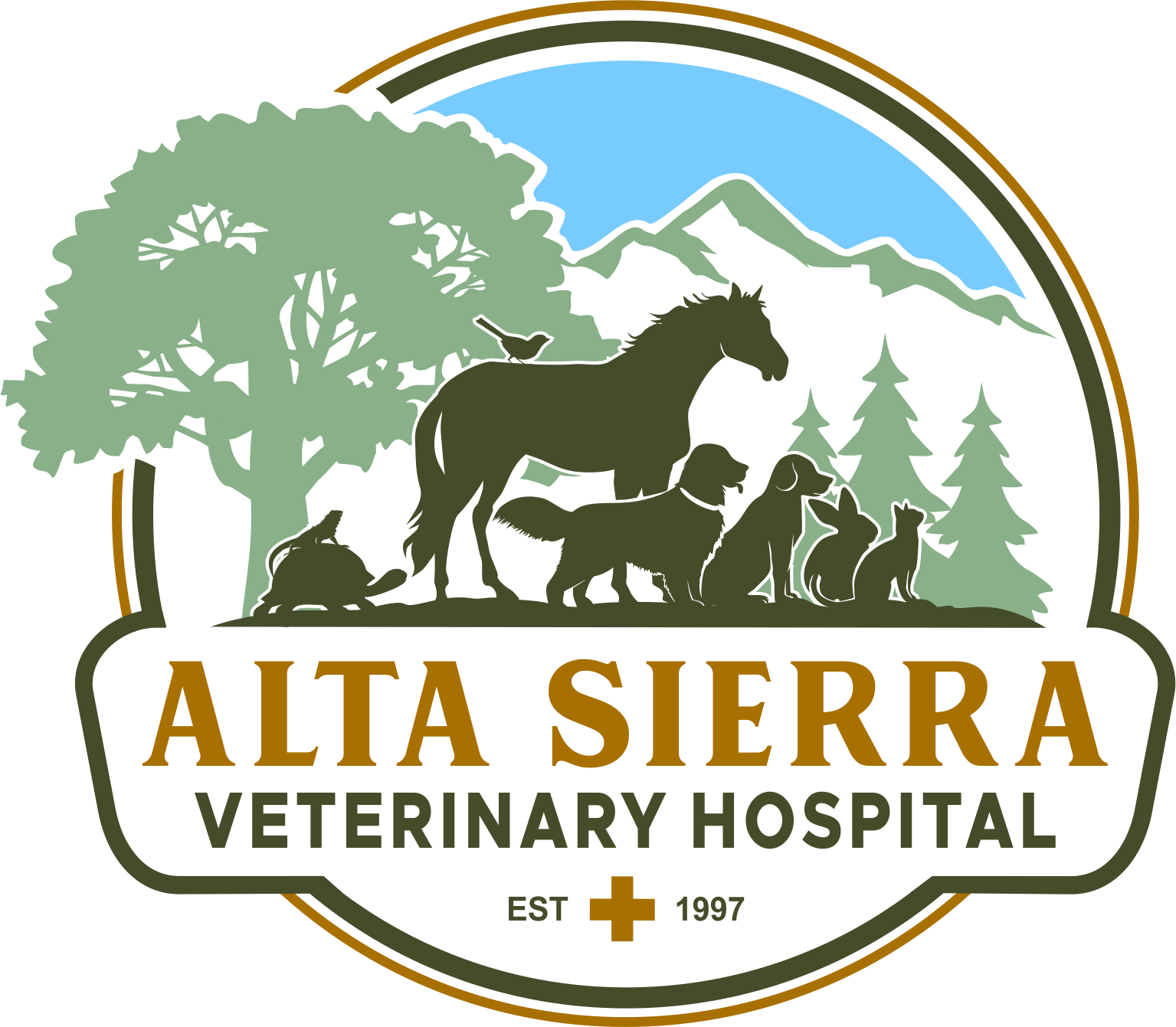Library
-
A lustrous coat is a signal of vitality and health. The food your pet eats can significantly impact the condition of their skin and coat. A balanced diet plays an essential part in supporting your pet's skin and coat, and should include essential fatty acids, protein, vitamins and minerals. If you are concerned about the condition of your dog or cat's skin or coat, consult your veterinarian in case there is an underlying nutritional or medical condition.
-
Nutrition plays an essential role in treating and preventing urinary stones (uroliths). Since the diet can affect urine dilution, composition and pH, pet foods can be critical to the success or failure of treatment and prevention. Important factors are covered, such as the importance of water intake, diet composition, relative supersaturation (RSS) testing, and urinary diets.
-
Helping your pet lose weight may be challenging at first, but with a little patience and persistence, you can be successful. Research has shown that small amounts of weight loss help improve the quality of life for overweight pets: they feel better, move easier, play more often, and live healthier lives. This handout focuses on commonly asked questions and tips for owners to help their overweight pet successfully achieve some weight loss.
-
Toucans and toucanets are members of the family of birds called Rhamphastidae. They require a high-moisture diet and have a relatively short digestive tract, so food moves quickly through their digestive tract. Low-iron pellets and fruits should make up most of their daily diet. Iron storage disease, called hemosiderosis, is common in these birds when they are fed a diet high in iron.
-
Lipomas are fatty tumors that affect a variety of pet birds. These are typically benign fatty growths found under the skin. It is classically considered to have both a nutritional and genetic factor for development.
-
Xanthomas are discrete masses or diffuse, thickened areas of skin that are yellow-orange and dimpled in appearance. They are accumulations of fat and cholesterol and are most commonly found in cockatiels and budgies (and they are more often found in females).
-
Treats are a wonderful way to provide positive reinforcement to your cat during a training session. Choose low-calorie foods such as green beans, zucchini squash, and watermelon. Avoid foods that are potentially harmful, such as chocolate, garlic, onions, raisins, grapes, macadamia nuts, and products that have xylitol. Limit high-calorie treats and keep treats within 10% of your cat's daily calorie intake. Keeping training sessions short and engaging while providing appropriate foods as treats can be a wonderful way to strengthen the human-animal bond.
-
Treats are a wonderful way to provide positive reinforcement to your dog during a training session. Choose low-calorie foods such as green beans, carrots, and watermelon. Avoid foods that are potentially harmful such as chocolate, garlic, onions, raisins, grapes, macadamia nuts, and products that may have xylitol. Limit high-calorie treats and keep treats within 10% of your dog's total daily calorie intake. Keeping training sessions short and engaging while providing appropriate foods as treats can be a wonderful way to strengthen the human-animal bond.
-
Dogs have dietary requirements for water, energy, and many essential nutrients, but they do not have a requirement for any specific ingredient. Animal-derived ingredients are typically highly digestible and usually have essential nutrients important to dogs in higher amounts than plant-derived ingredients. However, if properly formulated and tested, plant-based diets such as vegetarian diets can provide all the essential nutrients dogs require. It is recommended that you choose a complete and balanced diet that was formulated by a pet nutrition expert and underwent feeding trials.
-
Too much vitamin A can lead to poisoning. Vitamin A poisoning is sometimes diagnosed in dogs that are fed primarily table scraps. There is considerable variability in how susceptible dogs are to this problem. It takes a long time for signs of vitamin A poisoning to develop; symptoms do not usually appear until the dog is at least middle-aged.

